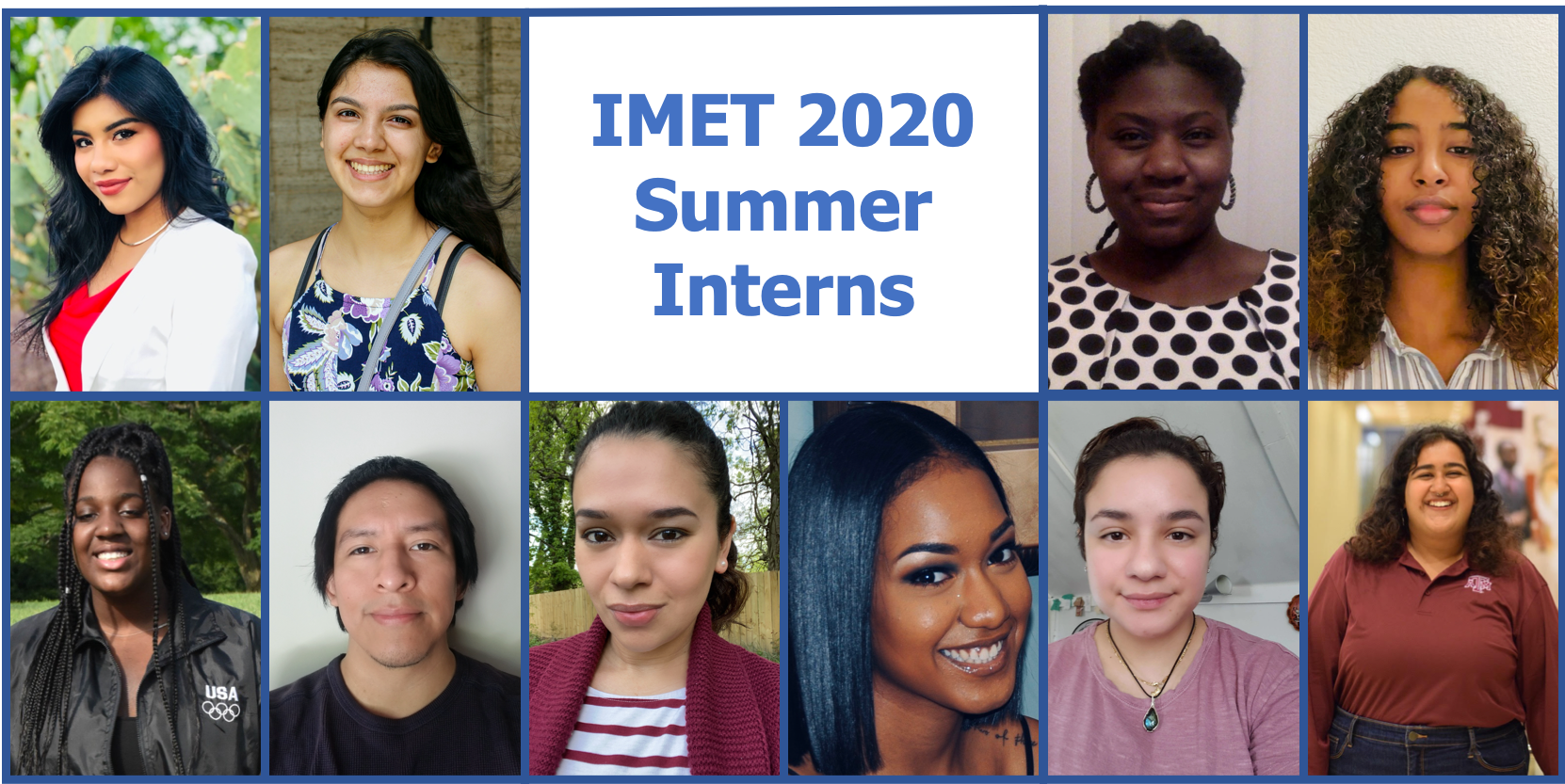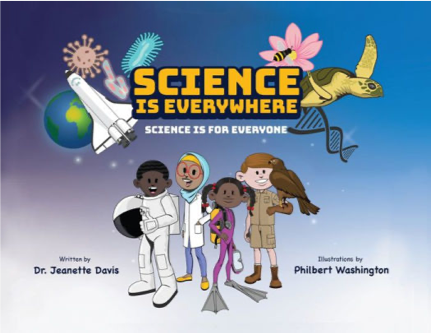18th IMET Summer Internship
June 8 - July 28, 2020
When we first realized that we would be unable to bring students to our campus this summer, we thought we would have to cancel the program. One of our strengths has been hands-on experiences at the lab bench and in our Aquaculture Research Center. However, it was hard to imagine a summer without the energy and enthusiasm of our undergraduate interns. And we did not want this class of students to miss out on the opportunity to grow as scientists this summer. We decided to take the plunge and develop a virtual internship program.
Drawing on different strengths of the program and of our IMET community, we have planned a summer of distance involvement that will provide many of the transformative experiences of our internship program. Projects this summer will focus on data analysis and are described in greater detail in the blog posts below.
The IMET Summer Internship Program for under-represented students is made possible this year by generous funding from Mary Catherine Bunting, the Bunting Family Foundation, and an anonymous donor.
Thanks to everyone who has helped to make this happen,
Rose Jagus
Week 8: Final Presentations and Temporary Goodbyes
It has been a whirlwind summer, but now we are here at the final week of the internship program and the final presentations. Many IMET faculty, staff, and students joined to hear the results of these summer research projects. In addition, Lisa Weatherwax, who coordinates internship opportunities at SUNY Cobleskill, joined to see Sharon present. Dr. Mintesinot Jiru, Professor of Biology at Coppin State University, joined to see Taylor present. It was wonderful to have students supported by both the community at their home university and their new community at IMET.
Dr. Rose Jagus started everything off with an introduction of the history of this program, now in its 18th summer. She thanked the Bunting Family Foundation for their support for the past three years. She also thanked the mentors and the interns for the hard work that they have put in these past eight weeks. IMET Executive Director Dr. Russell Hill echoed these sentiments and then handed it over to Arushi and Mariela for the first presentation.
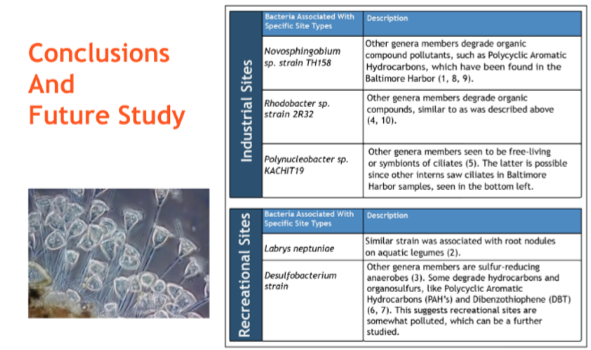
An Application to Marine Urban Environments: Novosphingobium, Rhodobacter, and Polynucleobacter are Water Quality Indicators in the Baltimore Harbor
Arushi Dalal and Mariela Cisco
Advised by Dr. Ryan McDonald
Arushi and Mariela characterized the microbial diversity at two recreational sites and seven industrial sites in the Baltimore region. Microbes, such as bacteria, are important parts of marine ecosystems, but they are often overlooked because they are so small and challenging to identify. New techniques in DNA sequencing have enabled researchers to identify what organisms are present. Arushi and Mariela found five common bacteria and highlighted what they indicate about the health of the water. They proposed that future research should examine bacteria at recreational sites further and consider seasonal changes in microbial compositions.
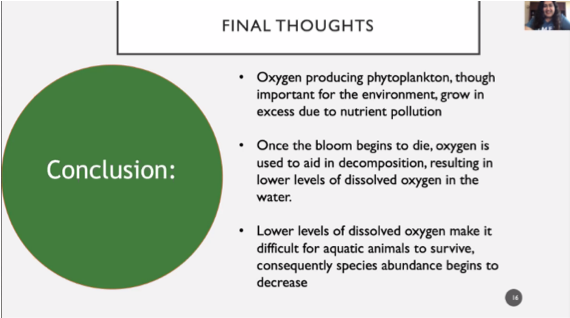
Bloom and Bust: How Oxygen Producing Phytoplankton Lead to Anoxia in the Baltimore Harbor
Sharon Restrepo and Faiza Hasan
Advised by Dr. Tsvetan Bachvaroff
Sharon and Faiza looked at the cycle of algal blooms and low-oxygen events within Baltimore Harbor. Algae are important primary producers, forming the base of many food chains and producing 30-50% of all global oxygen. But algae can grow in excess when there is runoff with high levels of nutrients like nitrogen and phosphorus. Excess growth, or “blooms,” can lead to low dissolved oxygen, creating anoxic, or dead, zones. Faiza and Sharon compared environmental parameters for Baltimore Harbor in 2016 and 2017 to better understand these cycles. They looked at temperature because blooms tend to correlate with higher temperatures, chlorophyll concentrations, which indicate the abundance of algae, and dissolved oxygen concentrations, which indicate whether the region is experiencing a dead zone event. They found that, in general, there were less severe blooms in 2017 than in 2016.
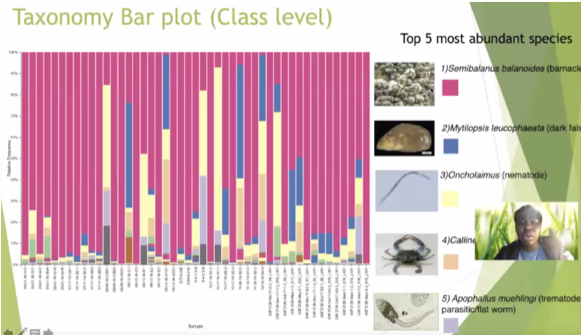
Biodiversity of the Baltimore Harbor: Life of the uncelebrated
Sarron Seyoum and Anne-Cecile Choutedjem
Advised by Dr. Tsvetan Bachvaroff
Sarron and Anne-Cecile used a different kind of DNA sequencing to identify common animal species in Baltimore Harbor. They found that the top five organisms were Bryozoans, Bay Barnacles, Dark False Mussels, Mud Worms, and Caddisflies. They looked at two sites near the National Aquarium – one where there is a floating wetland prototype and a control site where there is not. Their analysis showed no significant difference between the two sites. Sarron and Anne-Cecile were using different data from other groups, but found that their results agreed with analyses from other groups.
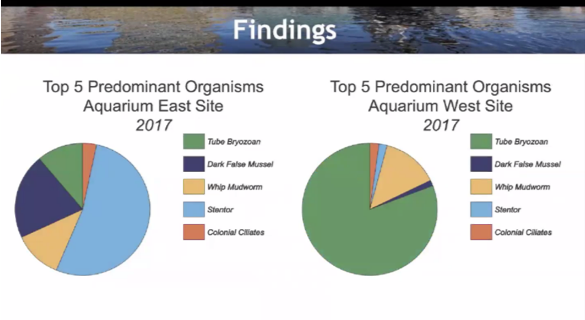
Using Artificial Substrates to Monitor Biodiversity in the Baltimore Harbor 2016-2017
Taylor Ibrahim and Sindy Mejia
Advised by Dr. Eric Schott
Taylor and Sindy were looking at the same two sites as Sarron and Anne-Cecile and it is clear from this figure that their findings aligned well. Taylor and Sindy also found large numbers of bryozoans and dark false mussels. Their samples came from discs placed in the harbor for organisms to settle on and so they found some different organisms as well. Taylor and Sindy also connected their work to the environmental parameters, observing that higher levels of dissolved oxygen in 2017 resulted in higher biodiversity, when compared to 2016.
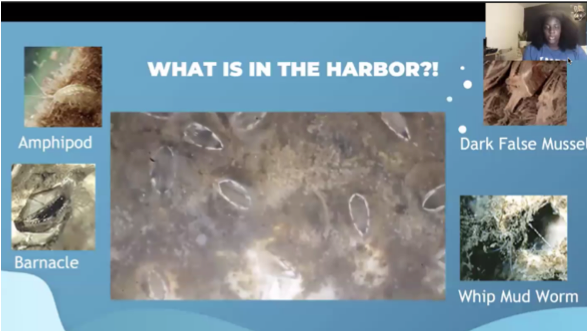
Biodiversity in the Baltimore Harbor - How it Impacts Blue Crab Health and Diet
Jewel Grant and Adam Lees
Advised by Dr. Eric Schott
Jewel and Adam were exploring how Blue Crabs could make a home in Baltimore Harbor. Blue crabs are important to the ecosystem, the economy, and the culture of the region and they do come to Baltimore Harbor. But we do not have a lot of information about what they eat and how well they survive in this area. Therefore, Jewel and Adam looked at underwater video footage taken in the Harbor to see what kinds of organisms were there for the crabs to feast on – luckily, they are not picky eaters! Jewel and Adam synthesized this information in graphs and concluded that, while there are some factors that make Baltimore Harbor a possible habitat for blue crabs, there needs to be more submerged aquatic vegetation, suitable substrate, and management of anoxia-inducing algal blooms.
This summer’s program looked quite different from past years, but the interns were able to develop scientific skills and form connections virtually. The most obvious difference is that the students were not in labs, but still conducted research. Another difference, which had great benefits, is that they were all working on projects that intersected and enhanced one another. Throughout the presentations, groups referenced each other’s work. For example, groups studying environmental parameters were able to make connections to the others studying species diversity, seeing when and where biodiversity was being harmed by things like low dissolved oxygen. This was a great opportunity for everyone to be part of one team contributing to a broader report on the state of Baltimore Harbor.
Throughout the summer, the interns met with people from other organizations, like Bluewater Baltimore and the National Aquarium who are also working toward a healthier harbor environment. They became part of the IMET community and part of a broader community interested in improving the ecosystem and the livelihoods of people dependent on the Harbor. Some of the interns have done this without ever visiting Baltimore! While this week marked the end of the internship program, it is not a final goodbye. We hope that the interns will visit us at IMET when it is safe to do so and maybe even return for graduate studies.
The interns all thanked their advisors for their guidance throughout the summer. Drs. Rosemary Jagus, Eric Schott, Tsvetan Bachvaroff, and Ryan McDonald have all been wonderful mentors and teachers throughout this program. Reflecting on the summer, each of them shared a few thoughts.
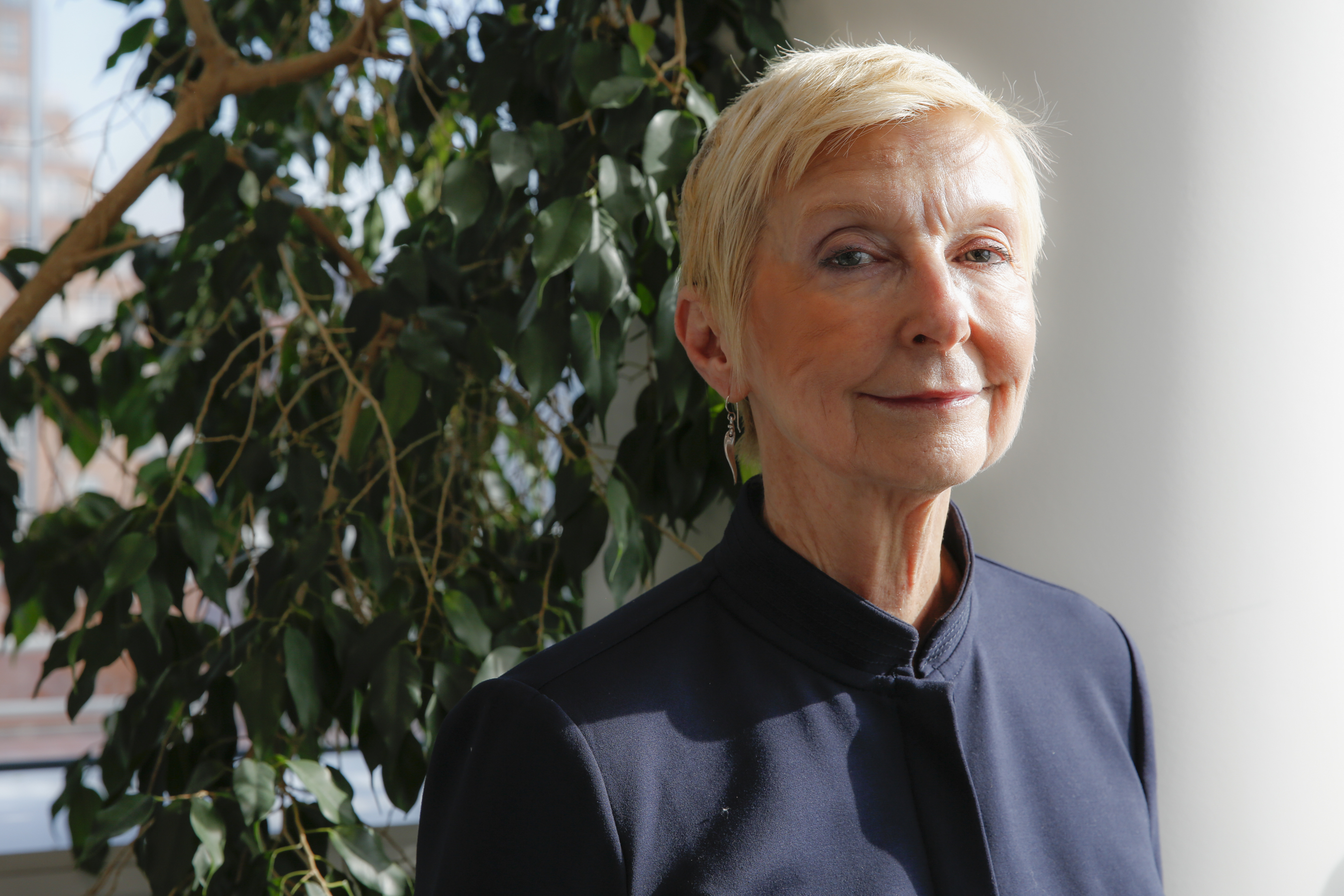
Dr. Rose Jagus: "This has been an amazing group of interns. I was concerned that it would be hard to form connections online, but I truly don't think I could know them better if they were physically present. I am grateful to Ryan, Tsetso, and Eric for all the hard work they put into forming a productive research program, as well as to all our guests who helped us form strong connections through stimulating conversation and new activities."
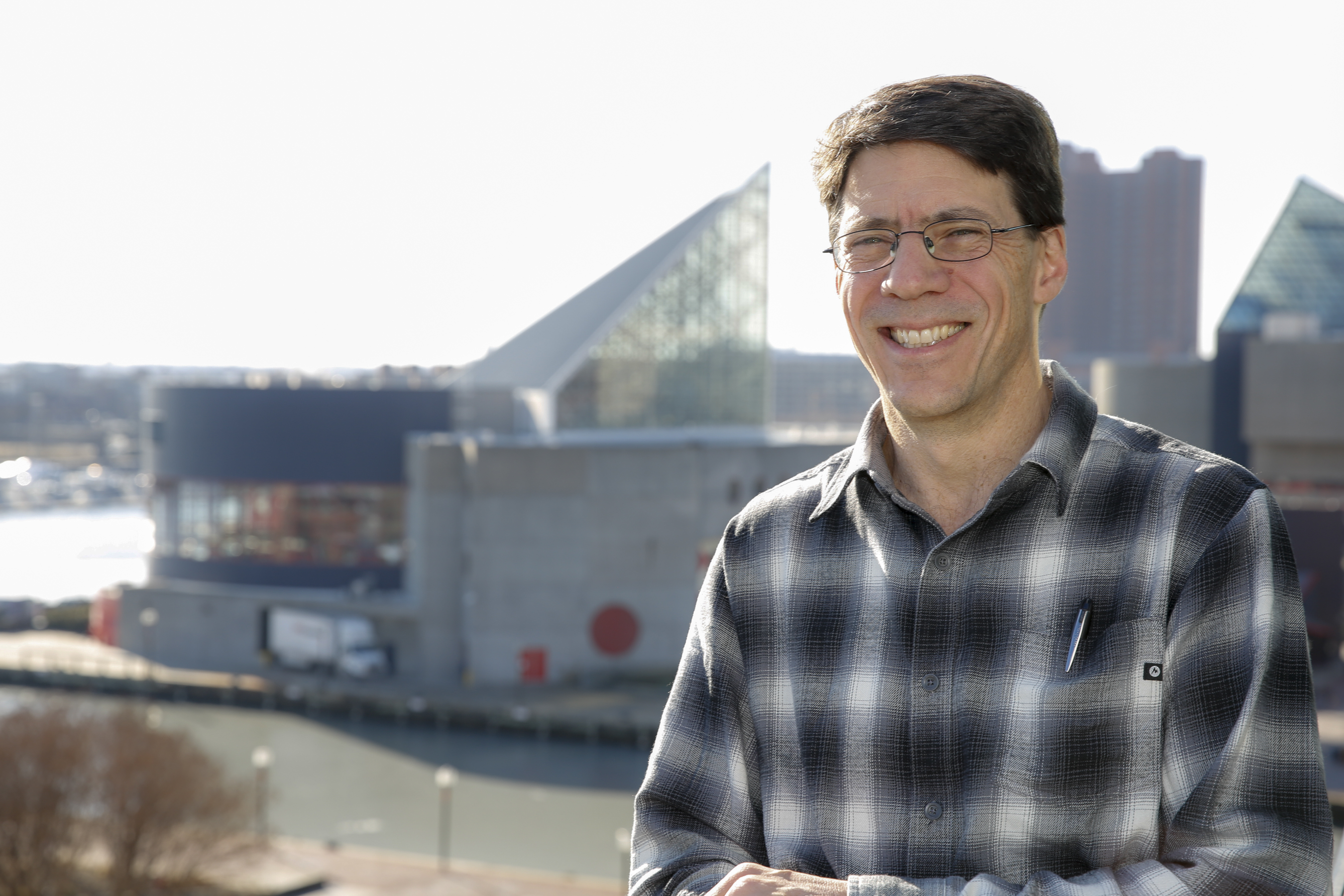
Dr. Eric Schott: “The interns taught me a lot of intangibles that might not have soaked in had we been in a traditional lab and field setting. Some of what I learned was from their individual passions such as social justice, human and animal health, and ecological balance. The interns this summer are way ahead of many of us older folks, and many of their peers, in knowing the importance of making their scientific work accessible and developing the skills to do that effectively.”
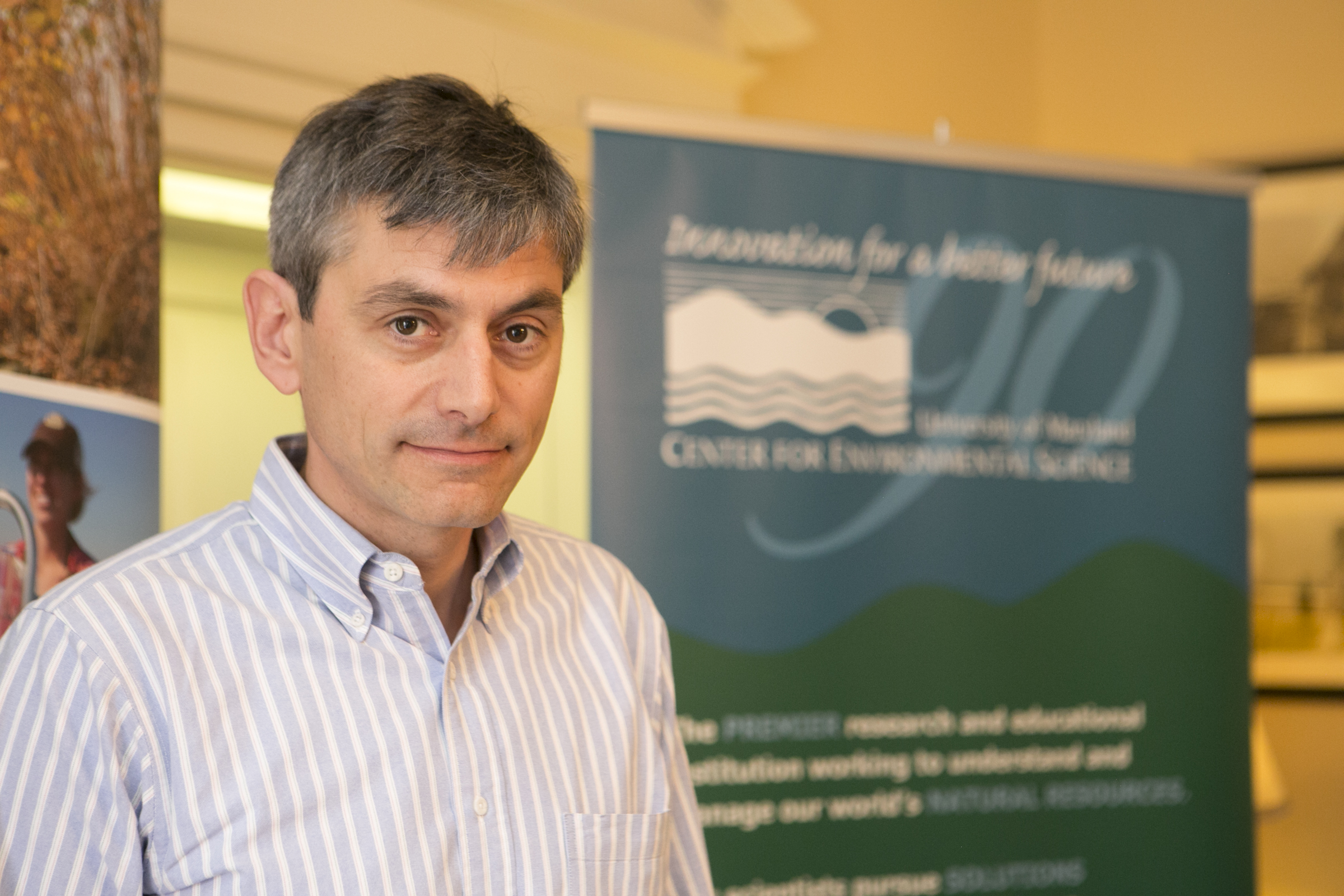
Dr. Tsvetan Bachvaroff: "I was impressed to see the interns making swift progress in processing, interpreting, and communicating data. As everyone prepared their final presentations, one intern stated, "There wasn't a significant difference between the sites but there was between years." This is the result of weeks of work boiled into one sentence. They had complex data to back that up and were able to distill the information so that anyone could understand.”
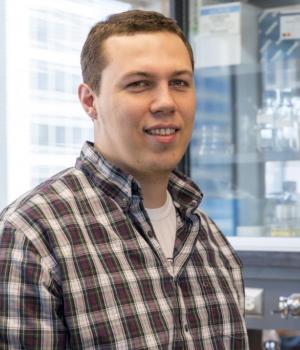
Dr. Ryan McDonald: “I was consistently impressed by the research conducted by Arushi and Mariella during the course of the summer. Their quick mastery of complex ecological and bioinformatics concepts lead to a very productive internship. They truly generated high-quality, graduate-level work. I think they also grew tremendously as scientists and I am excited to see what the future holds for them.”
Week 7: Looking Back and Looking Forward
This week was challenging, with everyone finalizing their figures, interpreting their results, laying them out in a slideshow, and practicing their presentations. With so much going on, it can be hard to step back and reflect. However, Keith Snipes encouraged the interns to do just that by writing a letter to their future selves. This provided an opportunity to look back (e.g. “You learned so much about science, blue crabs, and yourself”) and to look forward (e.g. “When you read this letter, I hope you are a veterinarian conducting groundbreaking research”). This exercise was very powerful for the interns as they consider what their next steps will be and how this summer has changed their visions for the future.
Many of the interns chose to reflect on Mr. Snipe’s earlier question, “Are you a scientist?” At the beginning of the summer, many felt hesitant to claim that title. Now, after learning new concepts, formulating research questions, and analyzing complex data, they felt more ready to identify that way. Jewel expressed the most dramatic change, writing,
“Remember when Mr. Snipes asked if you thought you were a scientist and you said absolutely not? You said you thought you were too young and not ready to call yourself that. Well, science is accessible to everyone and we can all learn science. What’s stopping us from being called scientists? Age, a degree, a title? I don’t think so.”
As Jewel enters her undergraduate education, she will work to maintain this confidence and share it with her peers.
Other interns focused on their goals for their education and career, envisioning a time when they are enrolled in Ph.D. programs, medical, or veterinary schools. Sharon chose to take this focus and started doing more research into the school and lab where she wants to pursue graduate work. As she enters her senior year at SUNY Cobleskill, it is very important to look at those possibilities and start charting a way forward.
This exercise was a perfect end to this summer’s Friday meetings because it exemplified the different components of the internship program and why they are important. As the interns reflected on how they have grown as scientists, it was clear that both research experiences and group discussions on broader topics were important parts of that journey. They have expanded their vocabulary and skillset, now using phrases like “bioinformatics,” “alpha diversity,” and “rhodobacter” with ease. They have also developed their self-confidence by discussing challenges that they have all encountered, this summer and throughout their education, and giving themselves permission to say, “I am a scientist.”
Week 6: Bringing it All Together
As we approach the end of the internship, everyone is pulling together figures and text to start telling a story of the biodiversity and environmental conditions in Baltimore Harbor. All the drafts show a synthesis of what the interns have been learning this summer. There are graphs produced using entirely new computer programs with types of data they had never seen before. Everything is presented with the A-B-T model first introduced in the workshop with the Integration and Application Network during their first week “at” IMET.
The A-B-T, or And-But-Therefore, model helps to tell a story that is engaging to scientists and non-scientists alike. Since that first week, everyone’s A-B-T statements have changed dramatically, as the interns have come to a deeper understanding of their projects. Mariela wrote this statement for her final presentation:
The Baltimore Harbor is very polluted, and its water quality can be reflected by initial changes in the the species of microorganisms present. Studying biological diversity is crucial in our efforts to gauge Harbor health. But, little is known about the microbial diversity in specific urban sites. Therefore, using DNA gene sequencing, we are comparing bacterial samples from inside and outside the Harbor. We aim to characterize these bacteria as indicators of Harbor health with a view of developing a healthy Harbor ecosystem.
With this short paragraph, Mariela establishes what the problem is – we do not know enough about microbial diversity, important indicators of health, in urban waters – and what Mariela’s project is doing to address that – studying microbe DNA in urban waters.
Faiza and Sharon showed a draft of what their final report will look like. They are studying algae bloom cycles in Baltimore Harbor. They have incorporated an A-B-T statement into their introduction, telling readers why this study is important. They have used graphics to demonstrate how blooms happen, what the most serious effects can be, and where blooms occur. The result is visually appealing and informative.
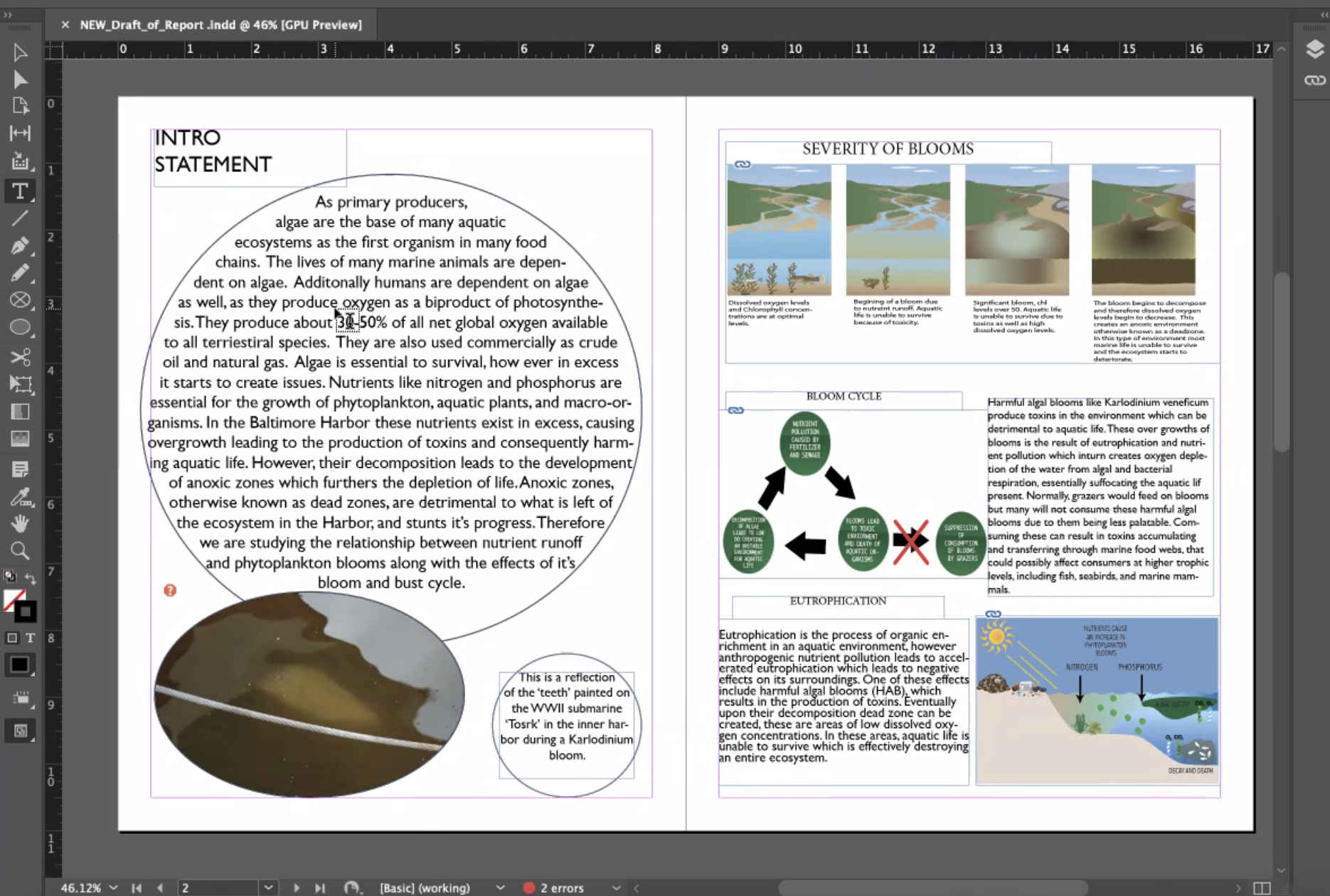
Over the next week, everyone will be hard at work on finalizing these drafts and creating Zoom videos to present on July 28.
This week, as always, we also had wonderful visitors. We were joined on Tuesday by Mike Davis, who recently sold a software company that he led for many years. While this might sound like an odd match for our interns, Mr. Davis shared that, throughout the course of his career, he became increasingly interested in environmental issues. He studied Biology and Chemistry as an undergraduate and maintained a strong interest in using science to improve environmental health. He now supports important scientific projects, including IMET’s own Blue Crab Genome Initiative, and serves on the Board of the League of Conservation Voters as the Treasurer. He emphasized to the interns how important it is to remain politically engaged, contacting representatives and supporting candidates whose values align with one’s own. This perspective added to previous discussions of how scientists can communicate and advocate.
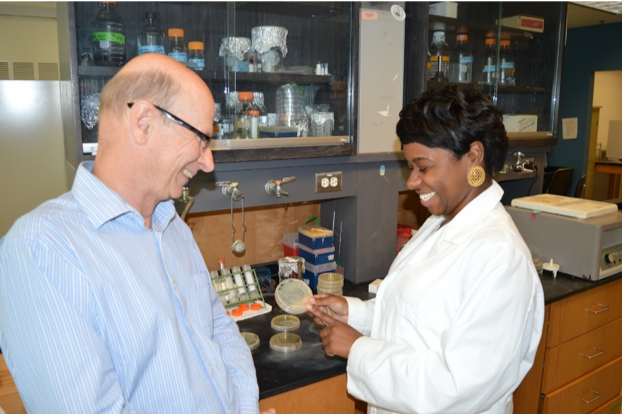
On Friday, IMET and summer internship alum Dr. Jeanette Davis met with the interns to share her journey from undergraduate intern to Ph.D. student to Ocean Policy Advisor at NOAA. Dr. Davis was an intern at IMET in 2007, working in the lab of Dr. Russell Hill. She went on to do her Ph.D. in the Hill Lab, characterizing a complicated symbiotic relationship in the sea slug Elysia rufescens. Results of her doctoral work contributed to a paper recently published in Science.
Dr. Davis went on to receive a fellowship with the John A. Knauss Marine Policy Fellowship Program. In this program, fellows work on marine policy in Congressional offices, and federal agencies like NOAA. After her fellowship, Dr. Davis became a NOAA employee and now leads efforts to include new techniques in fisheries monitoring and management. One of these techniques is environmental DNA sampling, or eDNA. Since organisms shed small parts of themselves that contain DNA, it is possible to use a water or soil sample for DNA analysis, characterizing what organisms have swum or walked by. The DNA that the interns are analyzing this summer is eDNA from Baltimore Harbor, meaning that the interns are gaining skills that are considered highly valuable in important organizations like NOAA.
Through the exercise last week, the interns observed that scientists from underrepresented backgrounds in the sciences tend to be advocates and activists. Dr. Davis is no exception. She recently published a children’s book called Science is Everywhere: Science is for Everyone, which features illustrations of children from all backgrounds discovering science in the world. She has several nieces and nephews and found herself teaching them about science when they were little. She wanted to get them children’s books on the subject but could not find many with characters who looked like them. Dr. Davis said, “It’s important to diversify science and representation matters.” Her book is one part of the path toward realizing that goal. Dr. Davis noted the initial difficulty she had in finding a black publisher since they constitute only 2 % of all publishers. The book will be the first in a series, with subsequent volumes focusing on the story of one scientific discipline. When deciding which book to write first, the choice is easy for Dr. Davis; it will be on marine biology, featuring the Black female child pictured in a wetsuit and flippers on the front cover of her first book.
This week’s session concluded with advice from Dr. Davis on applying to and choosing a graduate program. Since she chose to study in the lab where she interned, she had a great sense of the culture and personalities of her future labmates and advisor. While that might not be the case for everyone, she encouraged interns to call up a potential advisor and see how they might work together when they start the application process. She shared how important it is to use the community you have, including this intern cohort, and to keep building a network of people to support you. We hope that this intern group, despite never meeting in person this summer, will be a strong network for everyone moving forward in school and careers.
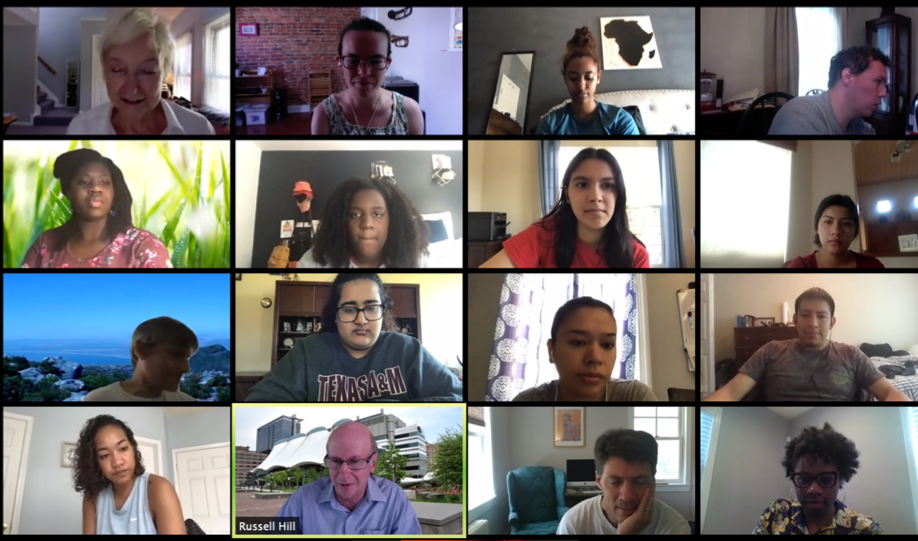
Week 5: When do scientists become activists?
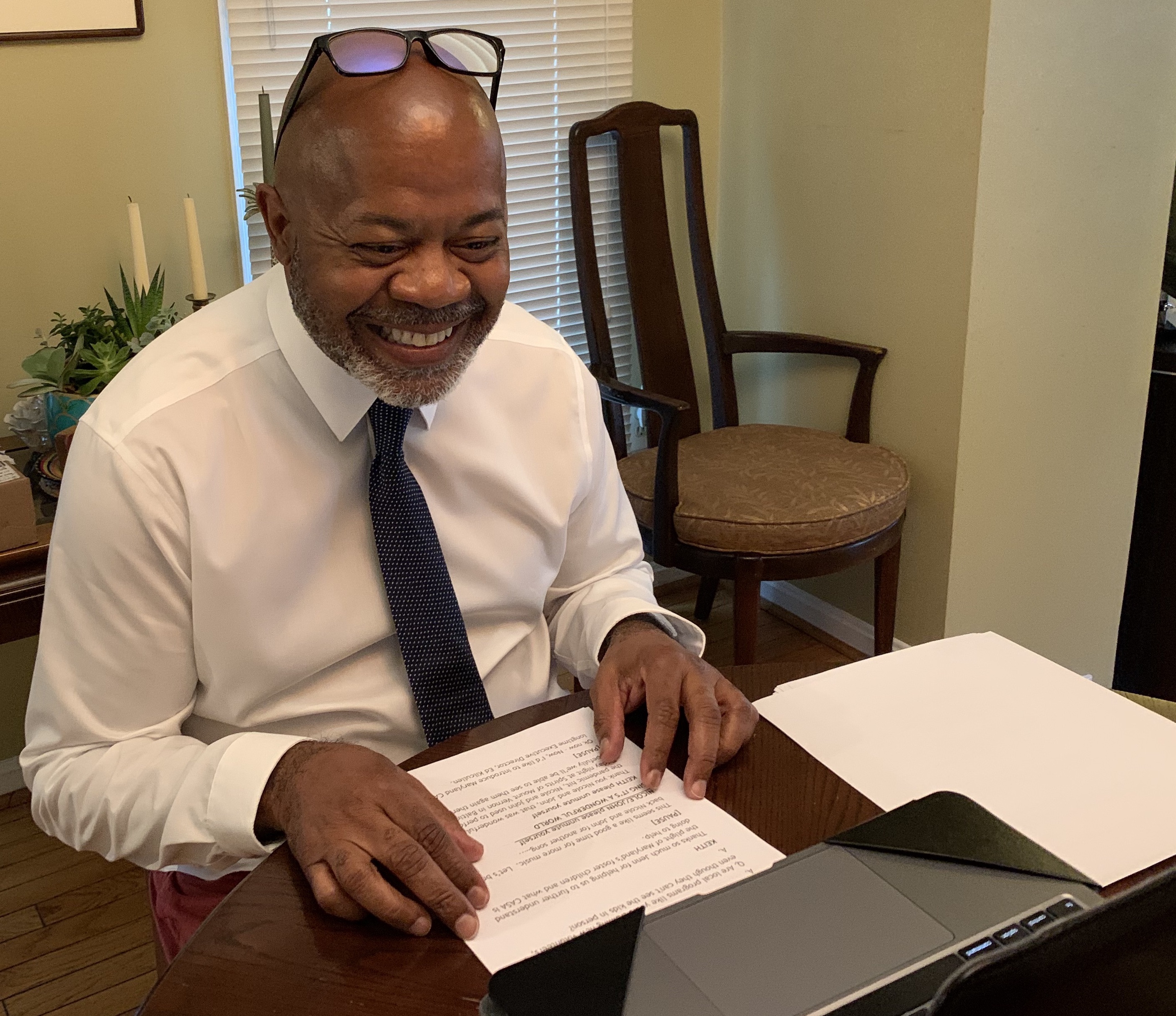
A couple weeks ago, Keith Snipes asked the interns to research a scientist who has a similar background to their own. A theme throughout the internship (this summer and since the program began in 2001) has been working toward more equitable representation in the sciences. This activity enabled the interns to find inspiration in trailblazing Black, Latinx, Asian, and Middle Eastern scientists, many of them women. Another theme of our internship has been finding ways that science can have broader social impacts. The interns found that the scientists who had impressed them had all made significant contributions outside the laboratory, working on environmental policy, mentoring students, and speaking out against injustices. A few students found particular resonance with the scientist they researched.
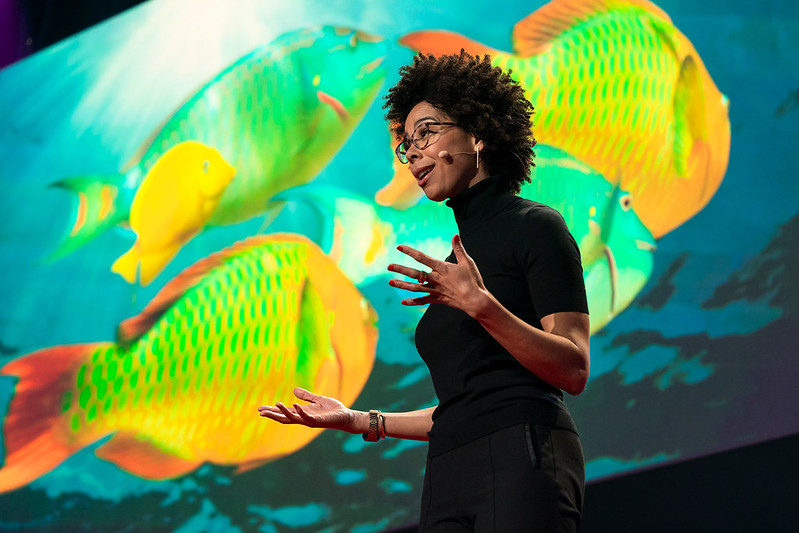
Jewel was inspired by Dr. Ayana Elizabeth Johnson, who is a self-described “marine biologist, policy expert, strategist, and Brooklyn native.” She co-created the Blue New Deal to propose policy solutions for the ocean and climate and was the co-director of partnerships for the March for Science. She has also written many op-eds in popular publications like The Atlantic, The New York Times, and The Washington Post, including this recent article. Her accomplishments extend far beyond this, but using just a few examples, it is clear that she decided to pursue a career where she can use her knowledge of science to improve outcomes for communities facing climate change.
Jewel, who just graduated high school, found particular resonance in Dr. Johnson’s story of how she started her path in marine science. When Dr. Johnson was young, she learned that most African Americans did not know how to swim, and so she decided she wanted to learn. Swimming helped her discover an interest in the ocean and she decided to become a marine biologist. Jewel also learned how to swim when she was young, which helped her learn to love the water. Jewel has also already demonstrated leadership qualities that she admires in Dr. Johnson. Two years ago, she decided to attend a field trip to the coast to learn about the Chesapeake Bay. This was a formative experience during which she realized she wanted to study marine science. She was also surprised to find that she was the only Black student on the trip. When the trip was advertised the next year, she encouraged other Black students to attend and they had a great time learning something new together and experiencing the Chesapeake, just as Jewel had the year before.
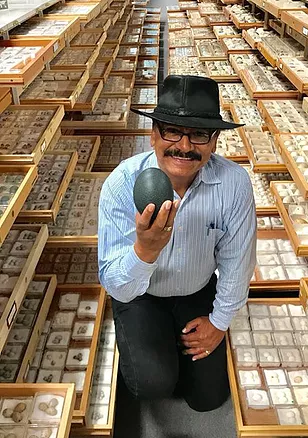
Adam was inspired by the path that René Corado took to become an ornithologist. Mr. Corado grew up in Guatemala and worked as shoe shiner when he was young before moving to the United States. He worked a variety of jobs, including as a gardener at the Western Foundation of Vertebrate Zoology. He was captivated by the collection of bird eggs at the Foundation and decided he wanted to become a biologist, though he held no degree in the field. He completed an associate’s degree and learned everything he could from the Western Foundation. He also used his knowledge to give back to his community, testing bird eggs for toxins near a polluted river in Guatemala and successfully advocating for the government to take action. He is also inspiring others with the publication of Las aventuras de René Corado: El Lustrador. El Lustrador means shoe shiner, referencing his humble beginnings.
Adam resonated with this story in particular because Mr. Corado got his start in science later in life, only starting high school when he was 21. Adam is a couple years older than the other interns, having chosen to pursue this scientific career later, and sometimes feels like he is catching up to others. The story of René Corado was a good reminder that it is never too late to pursue a passion.
All of the interns presented information about excellent scientists who are worth learning more about.
- Sharon spoke about Dr. Nubia Muñoz
- Arushi spoke about Dr. Lalitha Peddireddy
- Anne-Cecile spoke about Mae Jemison
- Sarron spoke about Dr. Senait Fisseha
- Sindy spoke about Idelisa Bonnelly de Calventi
- Taylor spoke about Abdullah bin Abdulaziz Al Rabeeah
- Mariela spoke about Germán Soler Alarcón
- Faiza shared about Rana Dajani
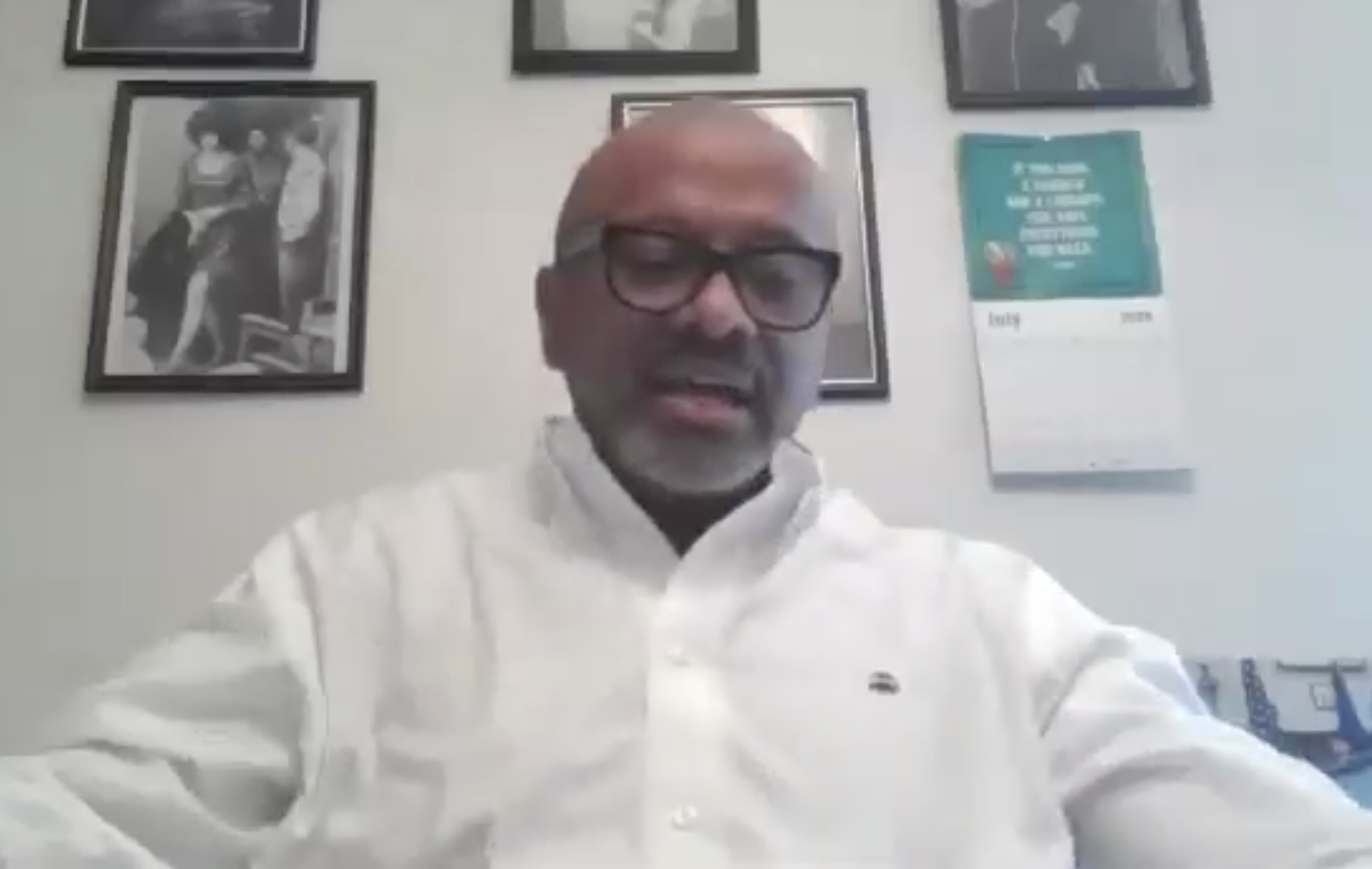
This week’s guest was Mark Williams, who is an environmental journalist and recently retired from a career at the Bureau of National Affairs in the area of Environment. After hearing the interns speak about the scientists they chose to research and about the great contributions they made through their science and outreach, he felt inspired to talk about the work of Dr. Mona Hanna-Attisha. Dr. Mona, as she came to be called, is a pediatrician who helped to expose the grave levels of lead in the water in Flint, Michigan. She has been an activist, an advocate for science-based decision-making and has spoken out about environmental and public health injustices. Recently, Mr. Williams shared, she wrote an op-ed in the New York Times about how Covid-19 has made health inequities even more severe in Flint.
Mr. Williams shared how important it is for journalists to cover environmental issues, and particularly environmental injustices. Some of the biggest topics throughout his career were the Exxon Valdez and BP Gulf Oil spills. He has also seen increasing attention to ways in which poor communities of color have been disproportionately affected by environmental issues, as in Flint. Journalists in this field rely on sound science and on good communicators. We hope that this program will prepare all of the interns to become good scientists, good communicators, and good advocates.
Week 4: Halfway There and Making Progress
It is hard to believe, but we are now about halfway through the summer internship program. For four weeks, everyone has been hard at work compiling, analyzing, and visualizing their data. The assignments for this week fall into two broad categories: ecological projects and sequencing projects. Both are using big datasets and statistical software. All the projects focus on Baltimore Harbor and will come together to tell a more complete story of the life and conditions of the water.
This week, each team of researchers presented their preliminary findings to the group. The interns studying ecological conditions went first, showing several important trends in parameters like temperature, dissolved oxygen, and pH. The data they used comes from Blue Water Baltimore and Maryland’s Eyes on the Bay Program. Using this data, Sindy Mejia found that over the course of a year, as the temperature increases, the concentration of dissolved oxygen decreases. Sindy is working with Taylor Ibrahim to better understand the role of suspension feeders and grazers in the Baltimore Harbor. These organisms are affected by shifts in dissolved oxygen, so it is important to bring that environmental data into an analysis. Taylor was able to show how environmental conditions affect organisms by plotting temperature and dissolved oxygen on the same graph as barnacle abundance. She observed that when dissolved oxygen dips below around 6 mg/L, the barnacle abundance drops precipitously.
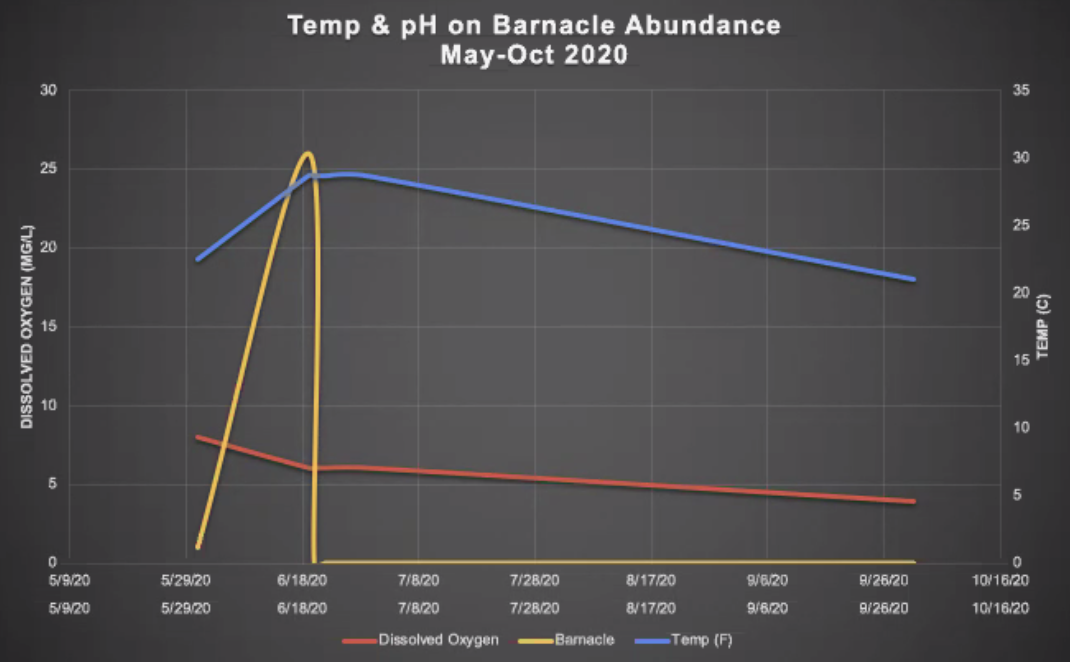
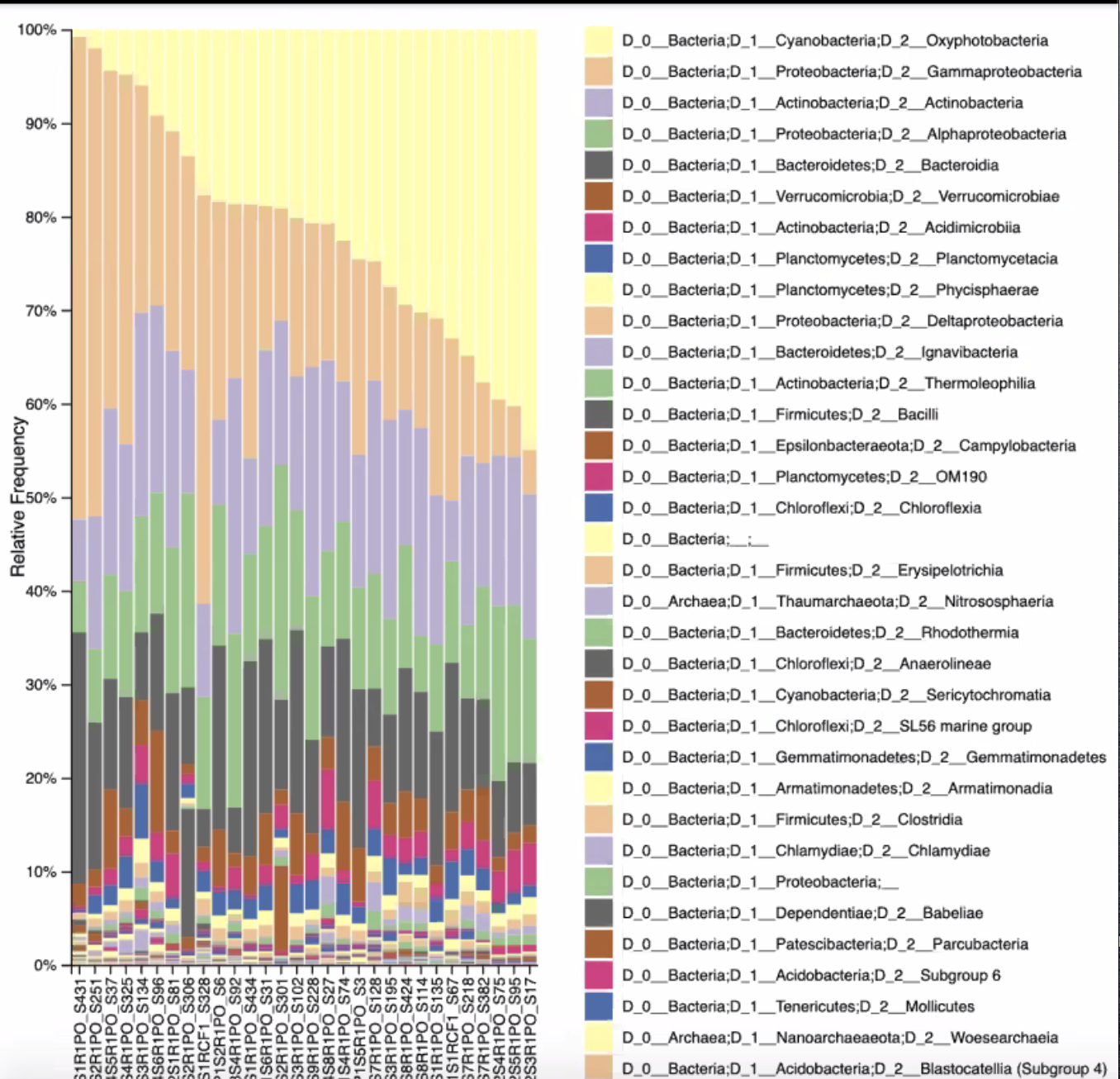
The interns looking at sequence data also presented some preliminary results. This comes from research done at IMET and will help the interns characterize life in Baltimore Harbor by looking at DNA sequences. The raw data consists of huge numbers of long, jumbled strings of DNA bases, A, C, T, and G. To the trained eye however (helped along by powerful computer programs), these sequences enable identification of the organisms. For example, Arushi Dalal and Mariela Cisco found that the most common bacteria were Synechococcus, from the Cyanobacteria and different Actinobacteria. Both Synechococcus species and other cyanobacteria are abundant across the oceans and, as photosynthetic organisms, create a large percentage of the oxygen in the atmosphere. Actinobacteria are some of the main sources of antibacterials, antivirals, and other pharmaceuticals.
All of the interns were helped along in their data management and visualization by a tutorial from Olivia Pares, a Ph.D. student in the Schott Lab at IMET. In a class during the last semester, Olivia was exposed to the statistical software R for the first time and loved it. She started off modeling species distribution using data from the citizen science website iNaturalist. Using R, she could pull in that data and represent it on a map of the world. She showed the interns how to do this and answered questions about other aspects of the program. Just a few months ago, Olivia had never used R and now she is teaching a workshop on it. It appears that the interns are picking it up just as quickly!
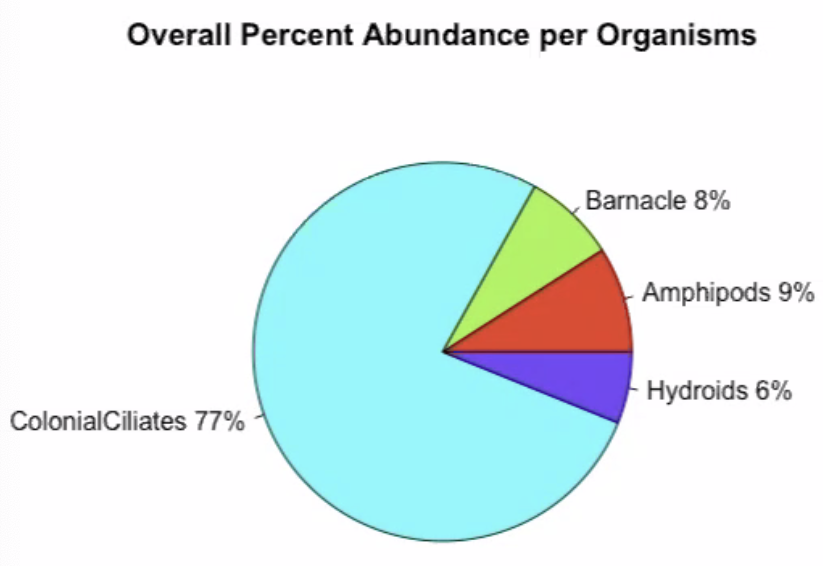
Sindy and Taylor, neither of whom had previous experience analyzing data in R, wrote a program to produce this pie chart, which shows the relative abundance of four types of organisms observed in Baltimore Harbor. Other intern research groups also began to create figures using R for their final presentations.
The data that Sindy and Taylor used was not given to them in a spreadsheet, but in video format. This means that they had to sort through recordings of Baltimore Harbor samples and identify the types of organisms present. For example, in the image below, Adam Lees and Jewel Grant had to identify and count each mudworm, bryozoan, and amphipod they saw. While this is certainly a challenge, it is also a great opportunity to do data collection virtually that closely resembles lab work. When these interns begin their graduate studies, they may very well spend time identifying and counting organisms like these under a microscope.

As the interns are at about the halfway point of this summer program, this week was a great time to reflect on where we have been and where we are headed. The group identified some areas of R that they were struggling with and asked for additional assistance. Since some interns working remotely have never visited Baltimore Harbor, the location being analyzed, they asked for more context on each research site. Summer mentors will be addressing those gaps in information in the next couple weeks as the interns work toward their final video reports.
Week 3: There's Poetry in Science
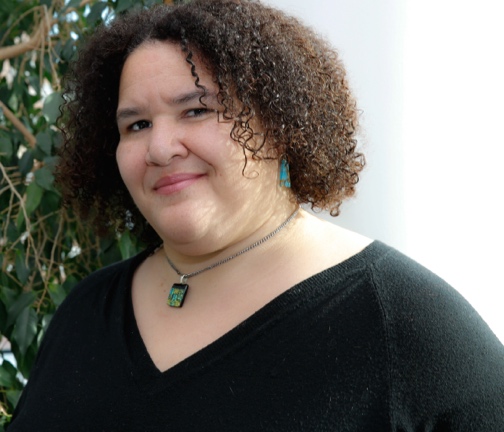
We hope that every intern in our summer program leaves with the tools they need to both conduct science research and to tell others about it. When scientists communicate to the public, they can inspire others to pursue a scientific career and ensure that their research is used to inform policies. Already, the interns learned some strategies from experts at UMCES’ Integration and Application Network. This week, they tried their hand at another technique – poetry!
Dr. Kate Gillespie led a workshop on using poetry to communicate science. Dr. Gillespie completed her Ph.D. in Dr. Rose Jagus’ lab and is now an Assistant Professor in Biotechnology at SUNY Cobleskill. She also served as the coordinator for the internship program for several summers. Kate began the workshop by sharing Walt Whitman’s poem, “When I heard the Learn’d Astronomer.”
When I heard the learn’d astronomer,
When the proofs, the figures, were ranged in columns before me,
When I was shown the charts and diagrams, to add, divide, and measure them,
When I sitting heard the astronomer where he lectured with much applause in the lecture-room,
How soon unaccountable I became tired and sick,
Till rising and gliding out I wander’d off by myself,
In the mystical moist night-air, and from time to time,
Look’d up in perfect silence at the stars.
In this poem, astronomy is represented in proofs and figures that become tiresome. However, the subject of the science – the stars – are worthy of wonder and contemplation. The speaker in the poem evokes feelings of awe that the astronomer cannot.
With Dr. Gillespie’s workshop, we hope that the interns can learn to use some poetic language that appeals to people’s emotions, even as they make charts and diagrams that illustrate the results of their research. Dr. Gillespie began by sharing a few types of poems and literary devices. There are rhyming poems and prose poems, alliteration, simile, and assonance. Both new and experienced poets sometimes have trouble finding inspiration, so Dr. Gillespie provided a couple of initial suggestions that may seem a bit unconventional for most poetry workshops.
In their first poetry experiment, interns were asked to incorporate some words that they associate with science (e.g. discovery, exploration, hypothesis) and with poetry (e.g. emotion, mystery, beauty) as well as some terms that they’re using in their research this summer. For example, one intern wrote,
Mr. Phytoplankton, the “wandering” plant, is an organism that loves
Exploration of new spaces and new environments
He lives in watery environments, both salty and fresh,
He books hotel rooms in every place he stays
He spends his free time taking selfies and pictures of these places, posting them on Instagram Facebook and Snapchats
To express his emotions wherever he goes!
If you want to feed him, he is not very complicated,
Anything that contains a mix of different sources of energy and carbon will do for him
As he is mixotrophic
With elegance, he drifts here and there
For the look of different dimensions to discover!
This poem, with its light and playful tone, may be a great entry point for someone not familiar with marine science to learn something more. They may wonder why phytoplankton is called “wandering” and learn that plankton are, by definition, unable to swim against a current, instead going where the water takes them. They may wonder about the word “mixotrophic” and find that phytoplankton defy the boundaries we often draw between producers and consumers in the environment. This poem is fun and may draw in people who are usually made “tired and sick” by “charts and diagrams,” to use Walt Whitman’s words.
A second unconventional source of inspiration was abstracts from scientific journals. Dr. Gillespie led the interns through an exercise of creating subtractive poems, wherein they cover up some words or highlight others to reveal their poem.
The results were quite striking. Some poems used an article called, “Transmission of SARS-CoV-2 by inhalation of respiratory aerosol in the Skagit Valley Chorale superspreading event.” The title is highly technical, but by blacking out and highlighting certain words, the students revealed the emotional, non-technical sides of the topic – the virus that has killed many and disrupted life for everyone.
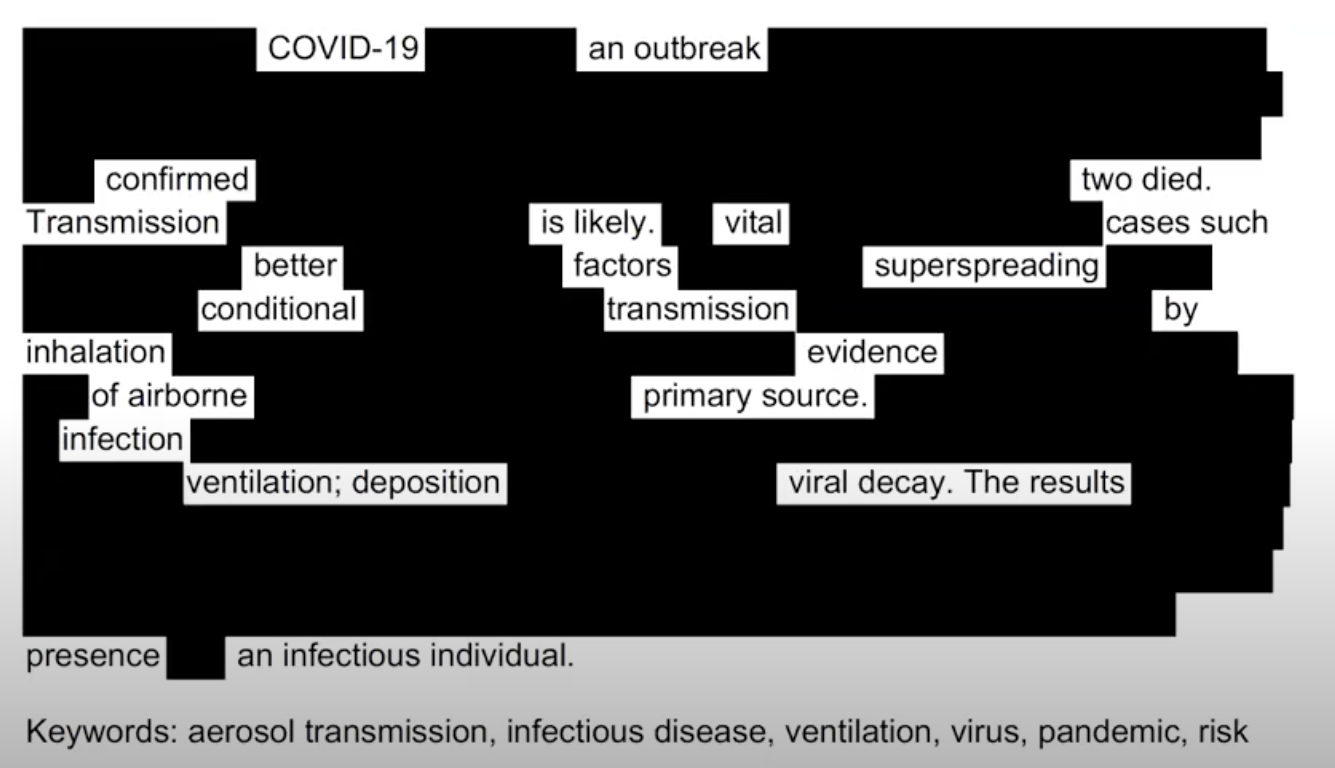
The goal of this workshop was not to make poets out of our scientists, but to provide other ways for them to communicate and to encourage their creative sides. Dr. Gillespie has used poetry for these purposes, sometimes starting off a science talk with some verses she wrote. She began hosting science and poetry events at local establishments near her university. The benefit of this kind of event is that it can bring individuals with an interest in science together with a more literary crowd and promote cross-fertilization. Dr. Gillespie is also creating chapbooks – small collections of poetry – with scientifically inspired poems. All of the interns will be have their poems included in this publication. Maybe by presenting their science in a non-technical way, they’ll inspire a chapbook reader to learn more about dinoflagellates, bioinformatics, or biogeochemical processes!
Week 2: "I am a Scientist"
“I am a scientist.” This week’s program concluded with Keith Snipes encouraging all the interns to say those words out loud, to say them to other people, and to take pride in that affirmation. Several interns shared that they felt they needed to have a stronger research background or a Bachelor’s degree to feel like a scientist, but Keith Snipes encouraged them to say it anyway whenever someone asks, “What do you do?”
At this Friday’s session, we were also joined by Erica Dasi, who was an intern at IMET before she got an M.S. in Biological Sciences at UMBC. She continued to the University of South Florida, Tampa to pursue a Ph.D. in Environmental Engineering. She said that she began to feel like a scientist during her internship at IMET and that by the time she received her Bachelor’s from UMBC, she felt very comfortable saying, “I am a scientist.”

Cohort of summer interns in 2010. Erica Dasi is in the center, back row.
When Erica considers why she has gone on this journey to become a scientist, she recalls a trip to her father’s family’s hometown in Cameroon. She saw that many families, including her relatives, lacked access to potable water and wastewater treatment. She said, “I wanted to use my interest in math and science to help my family and other people who faced similar challenges.” Since then, she has remained focused on using science to improve water quality. She is currently developing a low cost, sustainable technology that uses minerals and microbes to address nutrient problems in water. This summer, she had planned to be in Ghana working on a filtration technology with the help of Aaron Johnson, a 2019 IMET summer intern. While her plans were postponed due to COVID-19, the project is ongoing and seeks to expand water access through effective environmental engineering.
Erica also highlighted mentors and colleagues who have helped her make big decisions throughout her growth as a scientist. The importance of finding a supportive community was a theme that Keith Snipes picked up on as he led the group in a discussion about representation and systemic racism. He asked the interns if they had instructors in high school and college science who looked like them, in terms of race and other elements of their identities. For the most part, the students had not, but several had sought out other mentors who did. For example, Kane Samuel, a 2019 summer intern shared that while he did not have any Black Chemistry professors at his university, he joined the National Society of Black Engineers in order to build an additional community that he could turn to for support and mentorship.
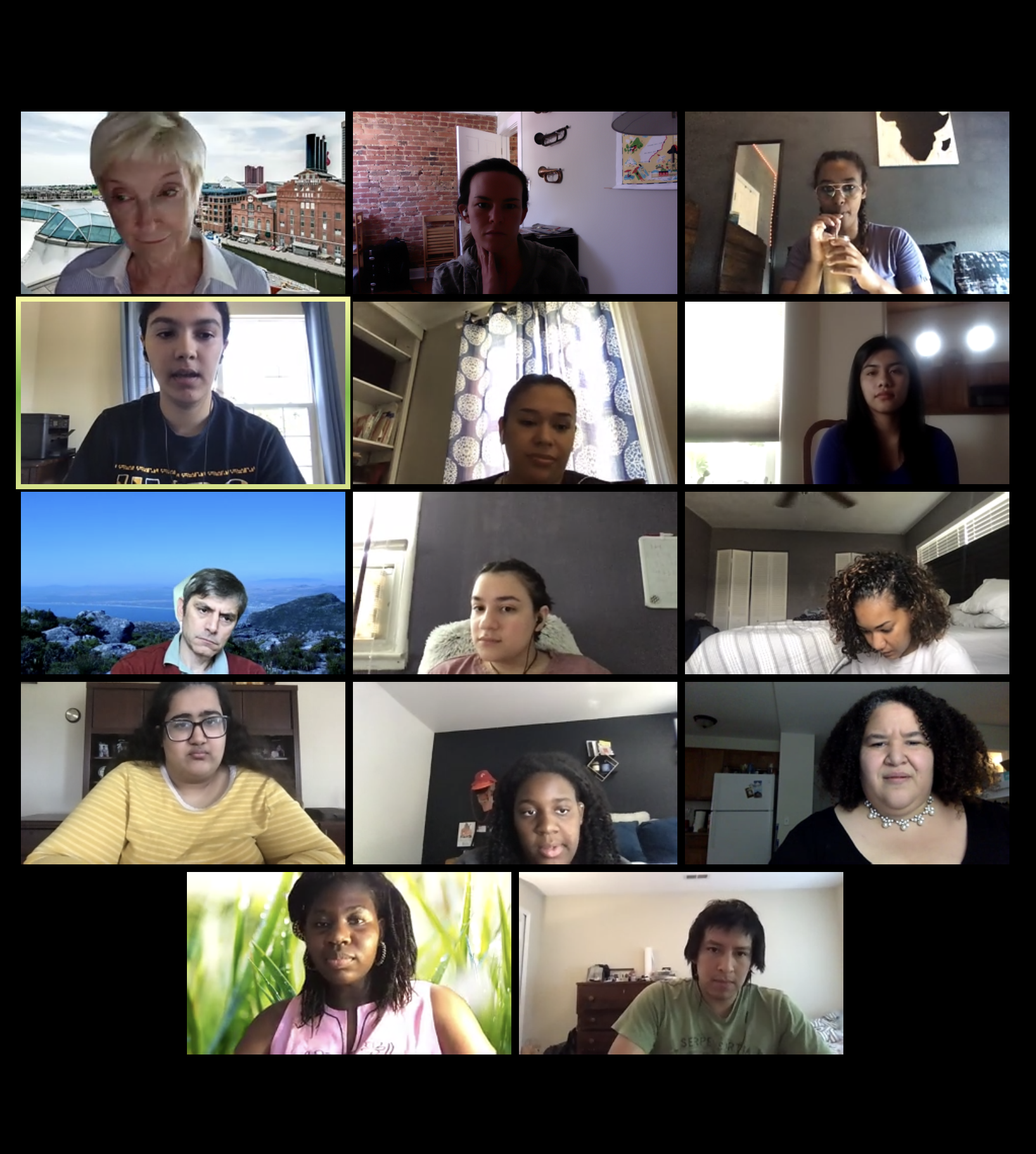
While seeking mentorship from more experienced scientists, Kane and all the interns shared ways that they have been providing mentorship to others. Kane talks to middle and high school students about science and has judged science fairs for the Ingenuity Project in Baltimore. He shared, “I hope that by telling other people about my story, they’ll want to pursue this kind of work as well.” Similarly, Taylor has mentored incoming freshman at Coppin State University, helping them to succeed in a college environment. Sharon is an R.A. for a floor at SUNY Cobleskill and loves being able to help students deal with academic and personal problems, both by providing emotional support and pointing them toward college resources. Faiza runs a mentorship program at Texas A&M, pairing freshman Muslim students with older students who can help them feel welcome and included. Keith Snipes commended them on their engagement, saying, “Mentoring can help you change things one person at a time.”
The need for change was evident in this Friday’s discussion. It took place on Juneteenth, which celebrates the end of slavery in the United States, marking the day when Union troops entered Galveston Bay, two years after the Emancipation Proclamation, and announced that all slaves in Texas were freed. This is a joyful occasion, but also a moment to reflect on the ways in which freedoms remain curtailed. While you won’t find a law today prohibiting people of color from studying science, you will find that people from certain racial and ethnic backgrounds are still underrepresented in the sciences. This points to the structural racism and structural barriers that still exist in institutions.
One particular barrier is the one the interns discussed today: a lack of representation. When students do not see people who look like them represented, they can start to wonder if they really belong. This can form a vicious cycle, a cycle the interns are helping to break through their perseverance and commitment to mentorship. When Keith Snipes was first starting out as a Shakespearean actor, he was curious to learn about other Black Shakespearean actors including Ira Aldridge, who performed as Othello and King Lear in England in the early 1800s. Mr. Snipes looked into history and contemporary theaters to find himself represented and he asked the interns to take on a similar task. For an upcoming week, they have a small homework assignment: to find a scientist with a similar background to their own and to learn about what they do and how they got there. Check back for some profiles of inspiring scientists!
Week 1: Science Outside the Lab
In the first week of the IMET summer internship program, we brought science outside of the lab in three big ways. We started the first virtual program, adapting research projects to be completed from the interns’ homes. We worked on communicating science from the lab to the public through a workshop with UMCES’ Integration and Application Network. And we discussed broader social and systemic conditions that surround science and make it especially challenging for Black, Hispanic, and indigenous students to get into a lab and remain confident throughout their degree.
Part I: Doing Science at Home
This spring, as it became clear that IMET would not be able to have interns come to our labs, faculty and staff leapt into action to develop a program that would work online. Each intern received a laptop, which was loaded up with the latest software for data analysis and video conferencing. Dr. Rose Jagus is leading meetings with all the interns and weekly guest mentors, whose visits will be described in these blog posts. Dr. Tsetso Bachvaroff, Dr. Eric Schott, and Dr. Ryan McDonald are all advising research projects with two intern advisees per project. These projects are:
Exploring diversity of the unseen majority
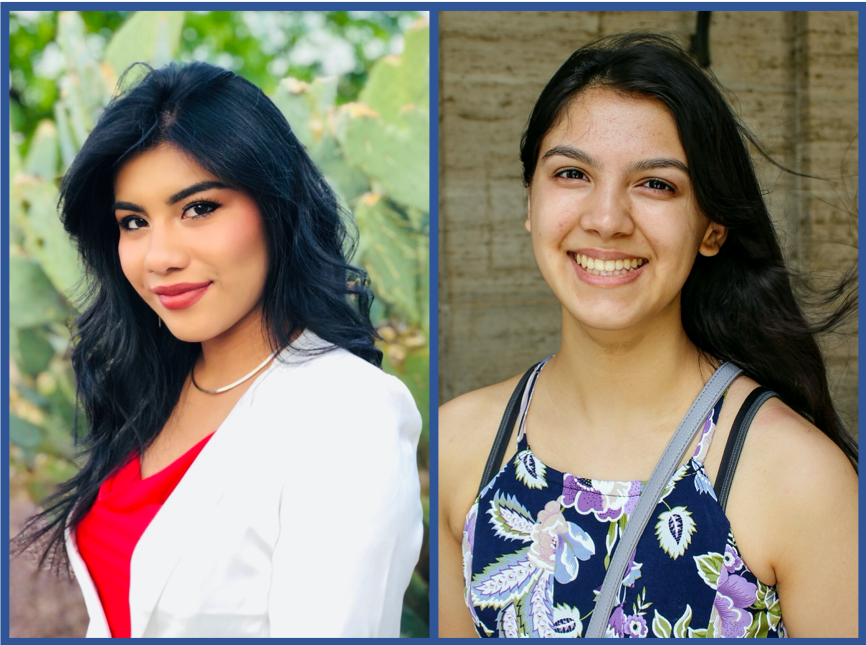
Advised by: Dr. Ryan McDonald
Interns: Mariela Cisco and Arushi Dalal
How do microorganisms affect biogeochemical processes in marine and terrestrial environments? Mariela and Arushi will examine bacterial DNA sequence data sets from Baltimore Harbor to identify the shifting population of microorganisms and extrapolate their functions to determine their impact on the environment.
Biodiversity of the un-celebrated: Invertebrates and Protists
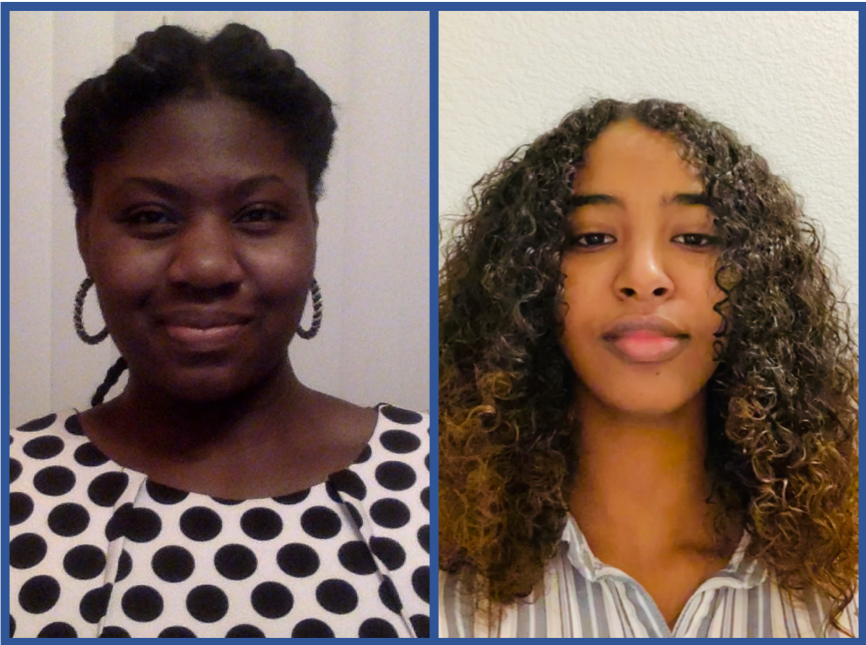
Advised by: Dr. Tsvetan Bachvaroff
Interns: Anne-Cecile Choutedjem and Sarron Seyoum
What are the roles of marine invertebrates and protists in the Baltimore Harbor ecosystem? Anne-Cecile and Sarron will examine organisms identified using DNA sequence data sets gathered by IMET scientists. They will use genetic information from the identified species to describe their likely roles in the Baltimore Harbor ecosystem.
The blue crab food web in an urban harbor
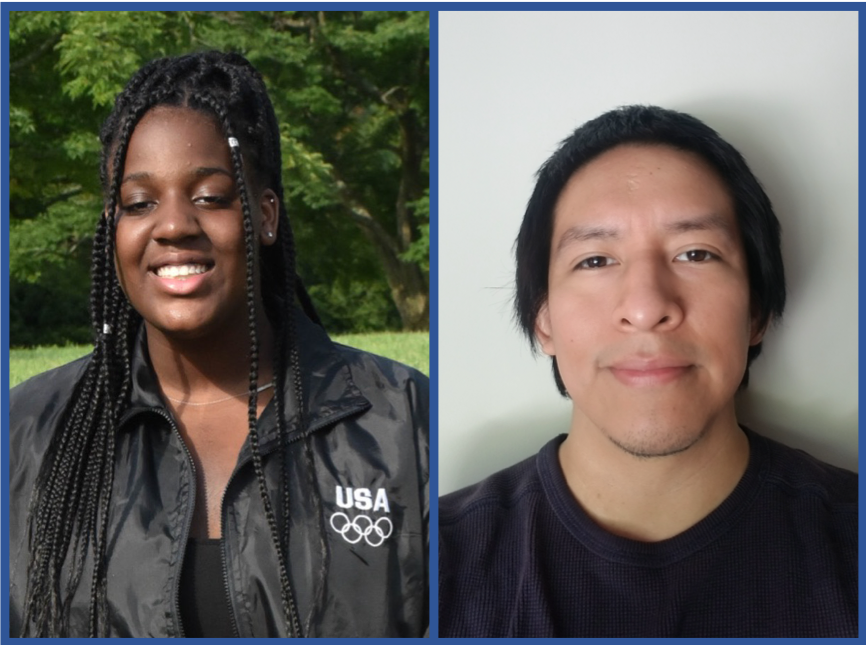
Advised by: Dr. Eric Schott
Interns: Jewel Grant and Adam Lees
Why do blue crabs migrate to Baltimore Harbor each summer and what do they eat in this urban environment? Jewel and Adam will examine videos taken in the harbor to observe what blue crabs are eating in Baltimore’s Harbor. They will also analyze DNA metabarcoding to build a wider picture of what they are eating.
Visualizing environmental information. The ups and downs of phytoplankton blooms
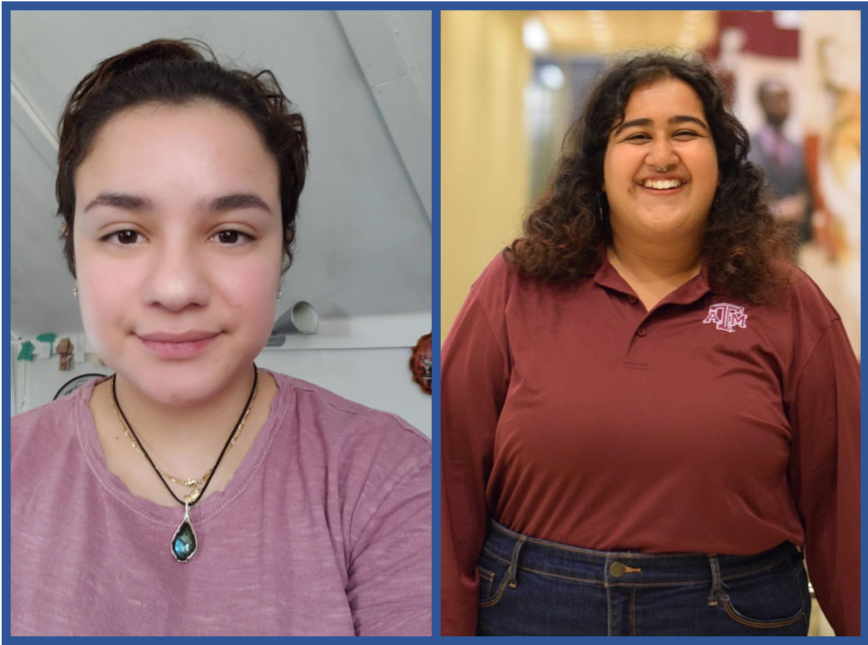
Advised by: Dr. Tsvetan Bachvaroff
Interns: Faiza Hasan and Sharon Restrepo
What are the dynamics of algal bloom cycles in the Chesapeake Bay? Faiza and Sharon will examine telemetry data from the “Eyes of the Bay” program of the Maryland Department of Natural Resources to watch blooms unfold in real time over the last several years. This will be compared with phytoplankton changes monitored by DNA metabarcoding over the same period to create a narrative of an algal bloom event.
Discovery and ecological roles of suspension feeders and grazers
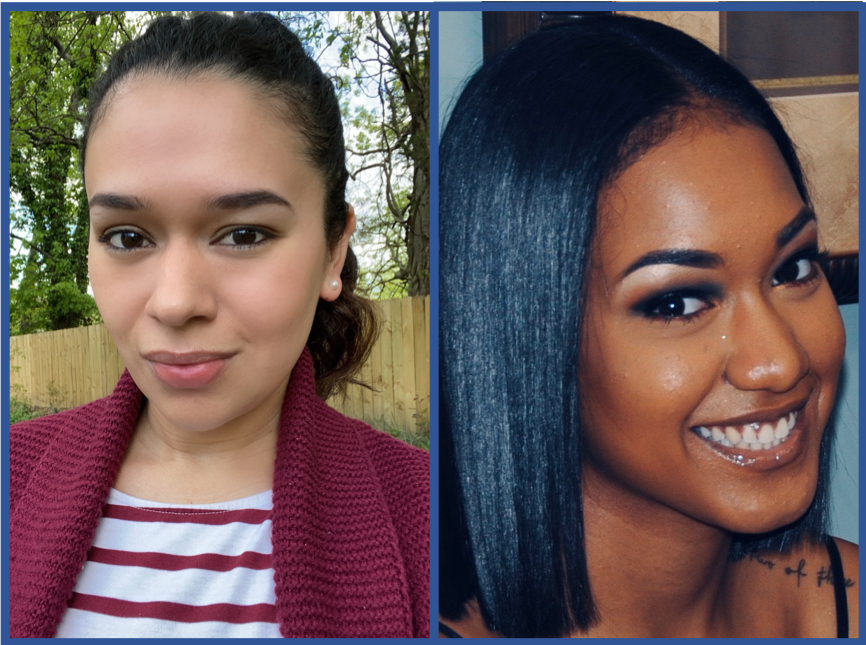
Advised by: Dr. Eric Schott
Interns: Taylor Ibrahim and Sindy Mejia
Are there organisms other than oysters that could clean water in the Baltimore Harbor? Taylor and Sindy will study suspension feeders and grazers that are present in Baltimore’s Harbor synthesizing data from DNA metabarcoding along with videos recorded from the floating habitats and relevant scientific literature.
Part II: Communicating Science in the Public Sphere
This summer, the interns have been asked to bring science into their homes through the virtual program. In the future, they may be asked to bring their science to the public through newspaper articles and public lectures or to policymakers through congressional testimony and summary reports. Effective communication will also help them in graduate school and grant applications in the coming years. To build skills in these areas, the interns had a workshop with three expert science communicators from UMCES-IAN.
In this workshop, the interns focused on building simple ABT statements about the research they are doing this summer. ABT stands for And, But, Therefore. By using these three conjunctions, scientists can show the motivation and impact of their work. For example, Arushi Dalal described her summer research project, writing, “The Baltimore Harbor has a very bad environmental report card and we know that microbes are very important in developing cleaner environments, but we don't know which microbes reside here. Therefore, we are sequencing bacterial DNA to find out.”
In a very brief statement, Arushi communicated the scientific gap that she and her research partner, Mariela, are trying to fill, why it is important, and how they are going to do it. All of the interns produced similar ABT statements that will help them frame their work throughout the summer and in their final reports. In the next week, they’ll be refining these statements in another workshop where they will also learn how to produce effective visuals.
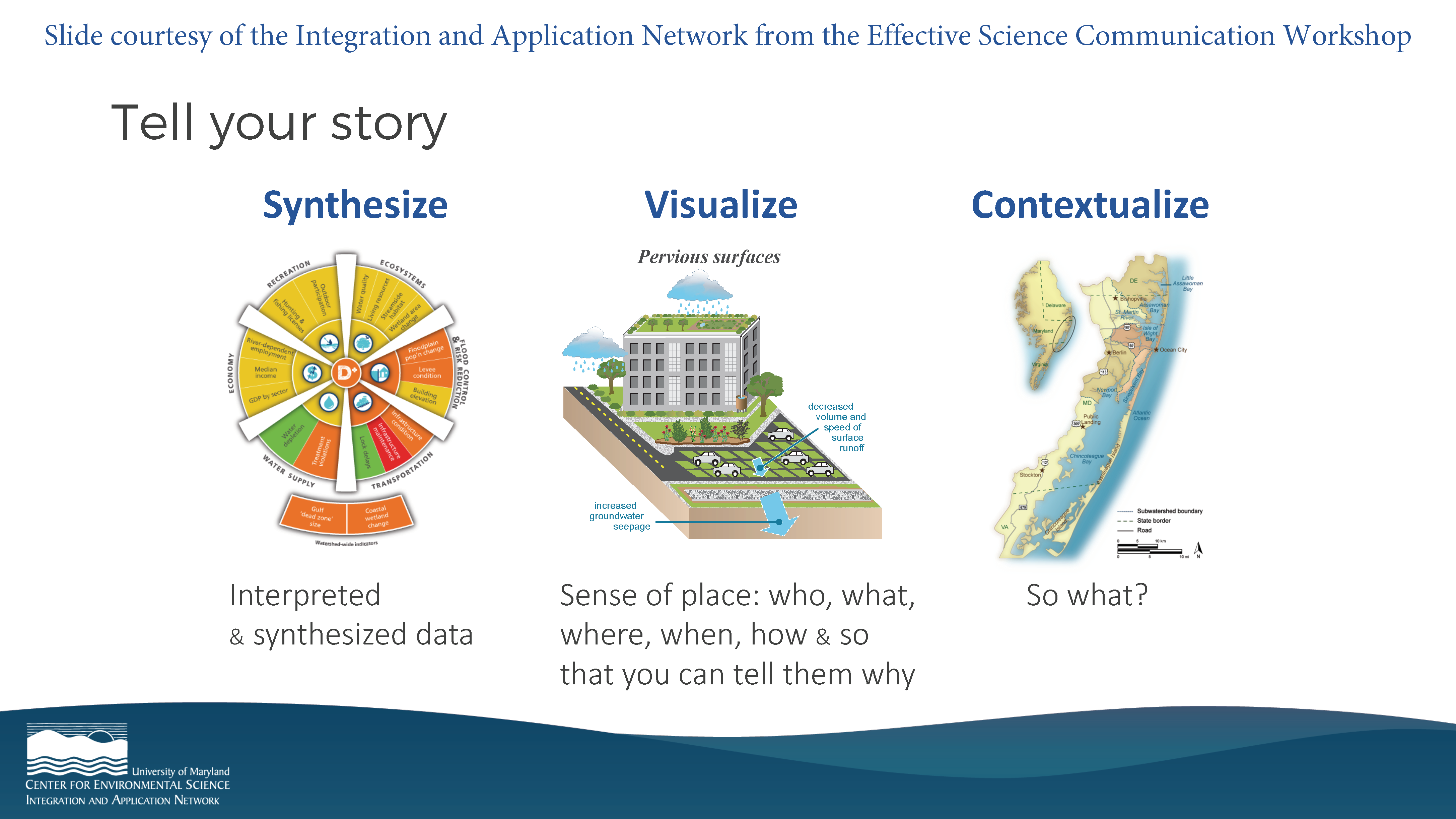
Part III: Doing Science in a Broader Social Context
While science takes place in the lab, the field, and, this summer especially, on computer screens, it also takes place in a broader social context. This internship program exists in its current form because there are social inequities in who has been encouraged to pursue science in their education and careers, meaning that African American, Native American, Pacific Islander, and Hispanic students are underrepresented in STEM fields. This internship is also proceeding at a time when, in light of the recent killings of George Floyd and Breonna Taylor, much of the nation is engaging in conversations about how racism is inherent in our institutions. This week, the interns (including some alumni from last year’s internship program) were joined by Keith Snipes, a Black Shakespearean actor and Baltimore native, who led a discussion on these topics.
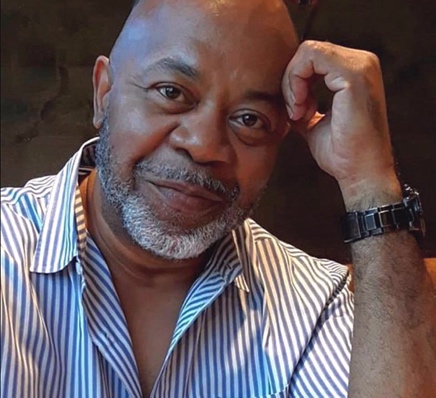
Mr. Snipes started off by sharing his story of starting a career in a field where there were not many people who looked like him. From narrating with symphonies, he was encouraged to join the Chesapeake Shakespeare Company. He said he would never forget his first day at Chesapeake Shakespeare Company, when he walked into the theater and saw primarily white actors who had been studying and performing Shakespeare for years. Even though he had been specifically tapped for his talent, he said, “I felt inadequate. I felt like this is not something that I should be pursuing. I felt like that for quite a while. I felt like that even after I had learned the craft.”
The feeling that Mr. Snipes described, he later realized, had a name: Imposter Syndrome. This is the belief that past accomplishments and demonstrations of skill and confidence are attributed to luck rather than hard work and growing capabilities. Mr. Snipes said, “It leads to a feeling that you don’t belong, despite all the evidence that you do.” He felt this way as an actor, but finding out that the feeling had a name and that many people feel the same way helped him. He wanted to share that with the interns as something they can come back to when they feel that they do not belong.
Many of the interns shared their own stories of feeling out of place, feeling like an imposter, and feeling pressure to assimilate to the cultures of their schools and communities, rather than bring their full selves to the space. They also shared how they have resisted this pressure, making their own identity a part of how they approach their work and lifting up others who might feel out of place. Several interns thanked Mr. Snipes for sharing his own experience because of how much it resonated with them.
This week of the internship program concluded with a discussion of current protests over police brutality and the systemic nature of racism. While it seems that many Americans are only just starting to think about these issues, many of the interns have been engaged in advocacy for a long time in their homes and school communities. Keith Snipes commented that many of the big societal changes must be made by white people in control of institutions, but also expressed appreciation for the interns’ drive to make change. He was commenting on both their involvement in social issues and their determination to pursue a career in science when he said, “What you are all engaged in is going to be so very powerful.”


